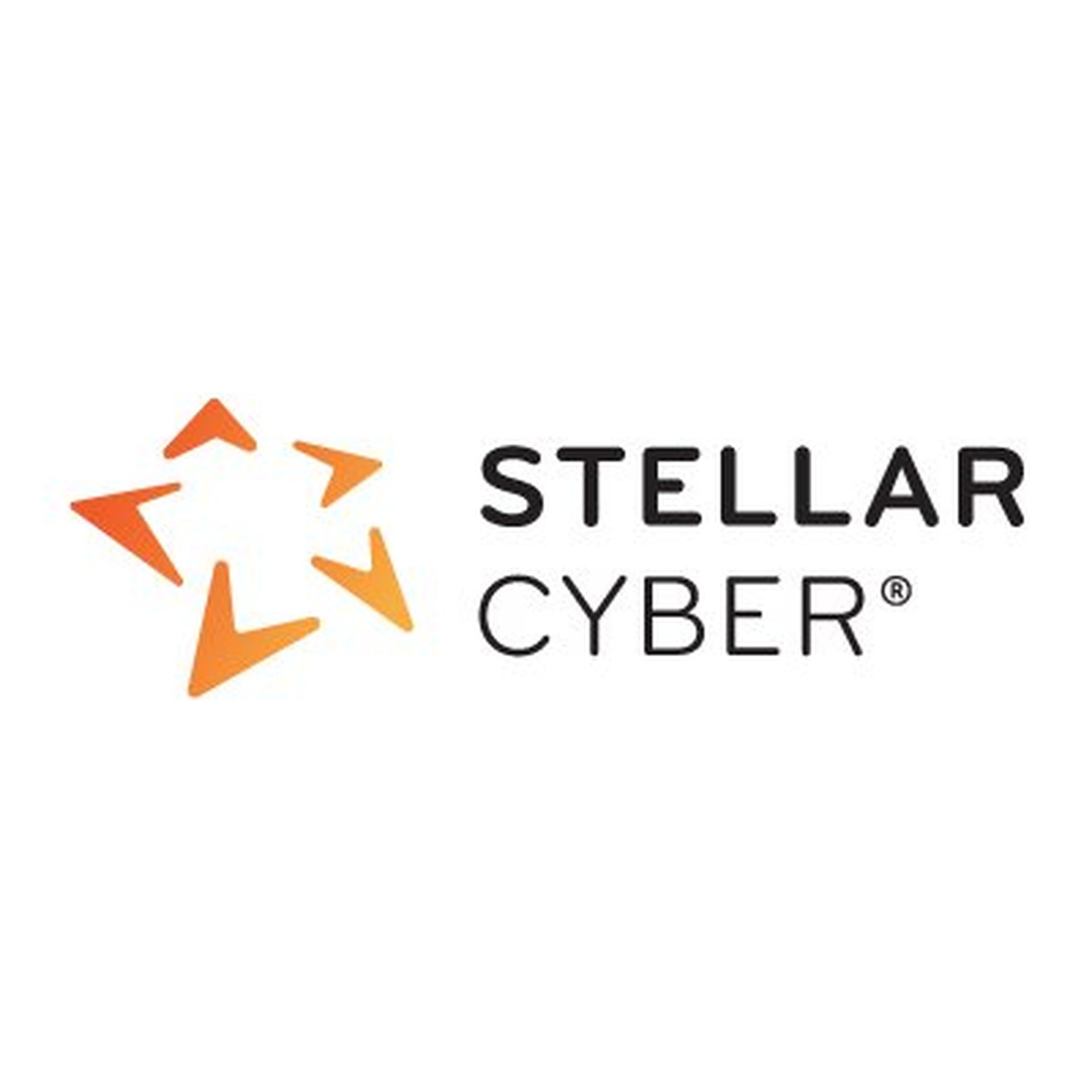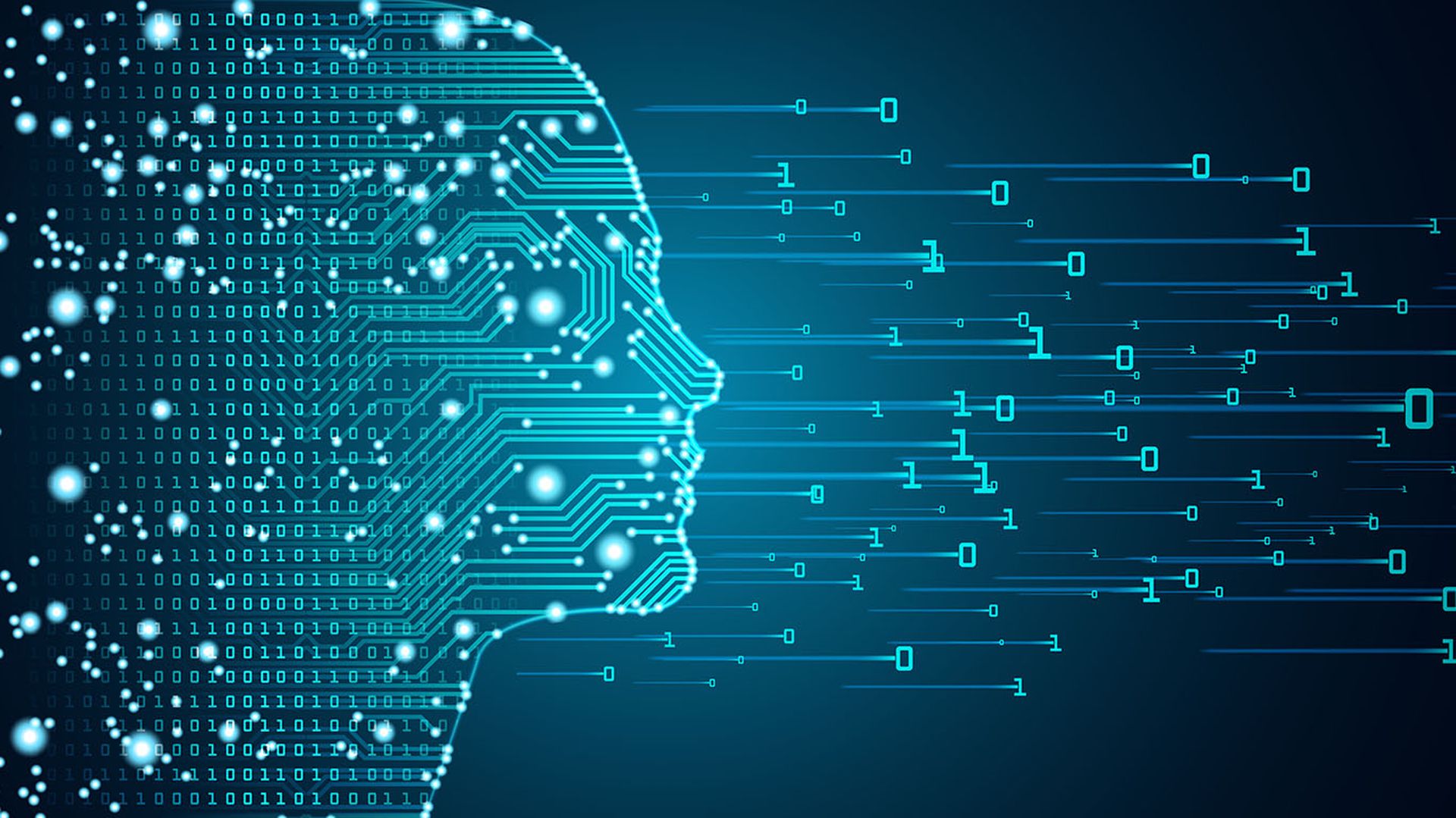There are plenty of cybersecurity tools that give SecOps analysts visibility into various aspects of their IT and OT infrastructure. In fact, most mid-sized and larger enterprises and MSSPs have a dozen or more such tools in their portfolios.
The problem is analyst productivity. Multiple threats occur every day (often every hour); but when analysts must spend an hour or more tracking and remediating a single threat, they feel like they’re drowning in threats, SecOps protection is in jeopardy, and nobody has any peace of mind.
AI technology is on everyone’s lips these days, and most cybersecurity solution vendors have jumped on the bandwagon. While it’s fine to use AI to automate key functions in individual tools, it’s much better to use it to unify threat detection, analysis, and remediation across the infrastructure. That requires not just AI-driven tools, but an AI-driven SecOps platform that aggregates inputs from every tool to deliver full visibility and threat management.
Platform-Level AI
One great thing about open SecOps platforms incorporating AI technology is their ability to automatically ingest, normalize, and analyze data from many different third-party tools – tools SecOps managers already have. That significantly (and quickly) improves analyst productivity – new AI-driven platforms can be up and running within a day. Some vendors cite customer productivity improvements of 8X for MTTD and 20X for MTTR.
Most modern SecOps platforms also improve productivity by pointing more specifically to threat locations and remediation procedures. Using scripts or playbooks, platforms allow teams to codify specific threats and automate procedures for resolving them.
An effective SecOps platform should:
Extending Platform-Level AI
More recently, we have seen AI-driven endpoint security platforms that "hyperautomate" SecOps tasks related to endpoints across the infrastructure. By integrating with such tools, open SecOps platforms allow security teams to deploy intelligent, automated, and hyperautomated workflows across their entire security operations processes, eliminating cumbersome and time-consuming manual tasks that drive down a security team's effectiveness and productivity. Here’s how it can work:
Platform Integration Benefits
Close, two-way integration between an AI-driven SecOps platform and an AI-driven hyperautomation SecOps platform delivers several key benefits:
As AI technology permeates the cybersecurity landscape, it makes sense to leverage it wherever possible – not to eliminate human intervention, but to make those interventions far more efficient. The more productive SecOps analysts can be, the more secure their organization will be. And in a world where cyberattacks become more prevalent and sophisticated virtually every hour, SecOps organizations need all the help they can get. To learn more, contact Stellar Cyber or Torq.
Guest blog courtesy of Stellar Cyber. Read more Stellar Cyber guest blogs and news here. Regularly contributed guest blogs are part of MSSP Alert’s sponsorship program.




